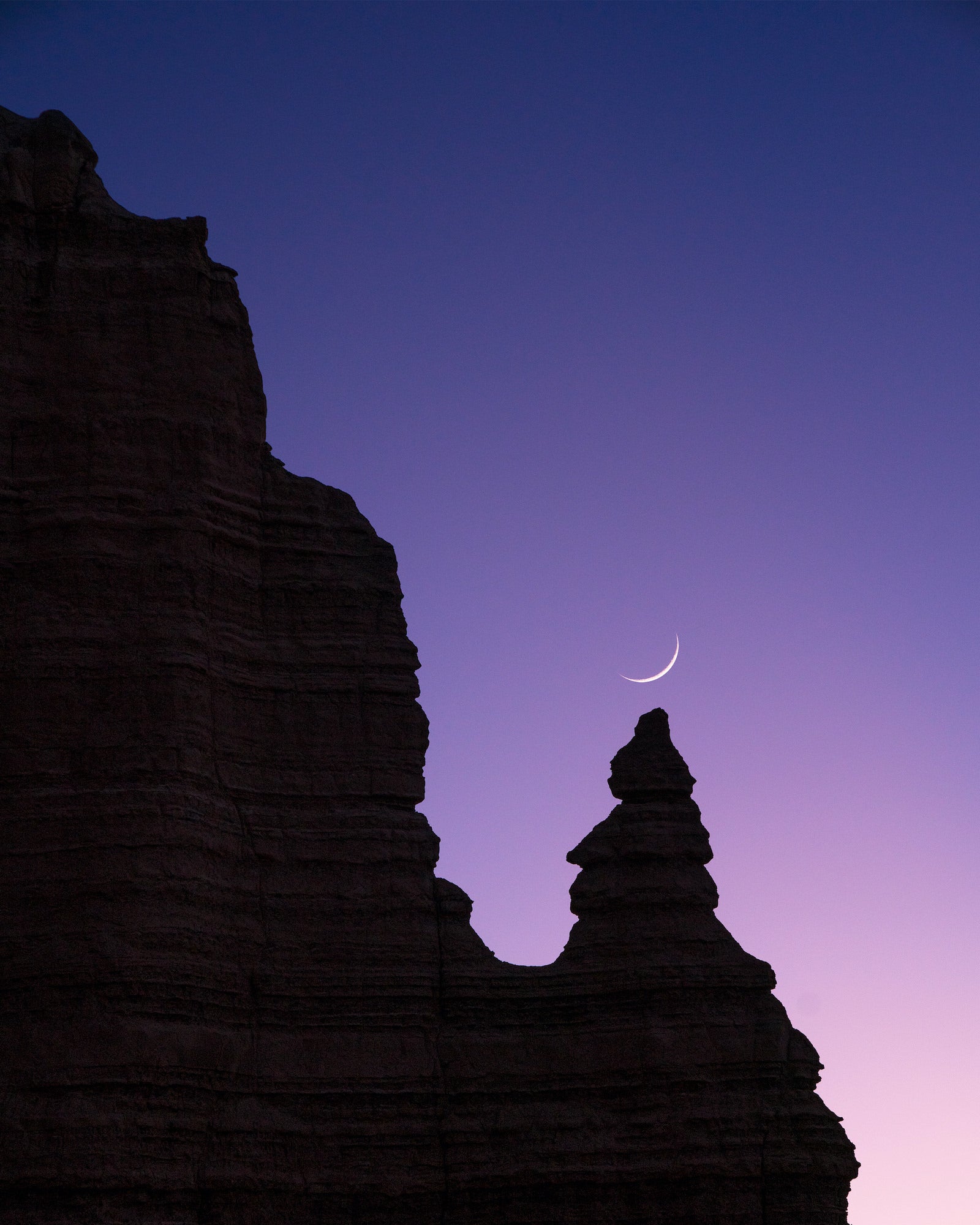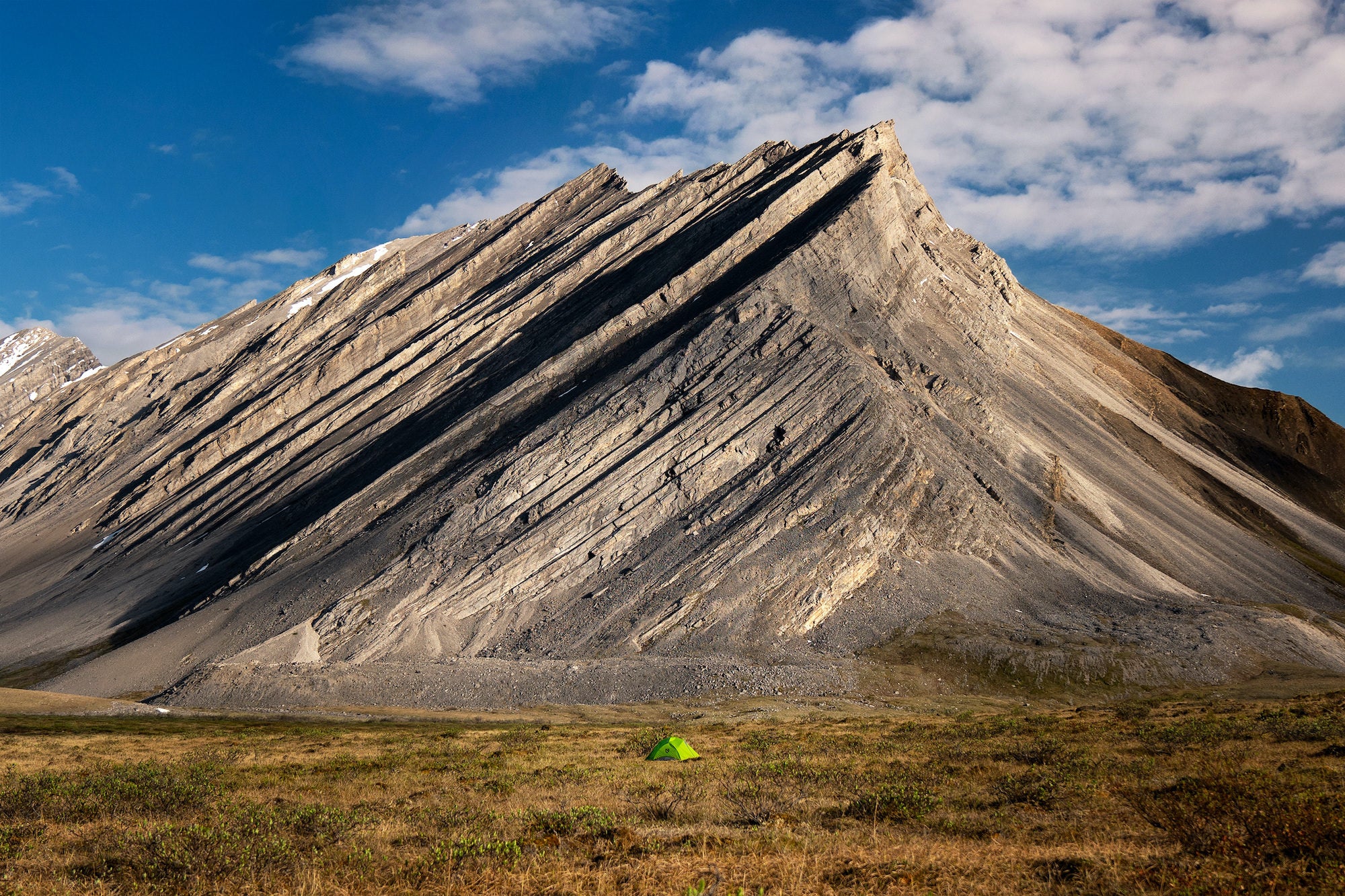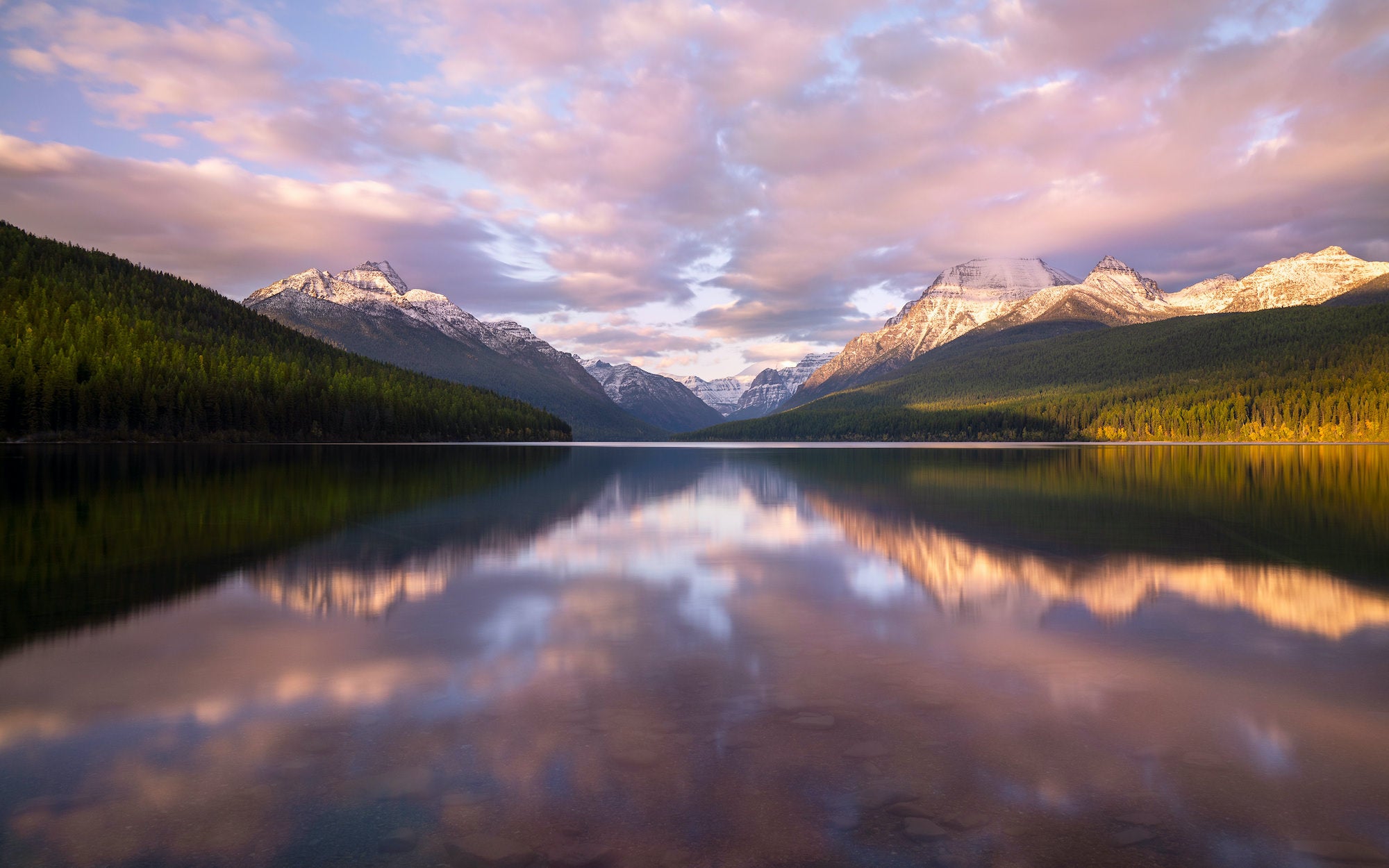Photographer Autumn Schrock (@autpops) of the Alpha Collective has a stunning portfolio of landscape imagery from all over the world. Her passion for all things outdoors means she’s willing to put in the effort to get the shot, and she’s learned a few things over the years about what makes a successful image. We connected with her for some of her advice on creating better landscape photography. Read below as she shares her top 5 tips for capturing a compelling shot.
Photographer Autumn Schrock (@autpops) of the Alpha Collective has captured stunning landscapes all over the world. Read her top 5 tips for how to do it.
Want the chance to win $500? The theme for this week’s Alpha Female Micro-Grant is Landscapes. You can post your favorite landscape photo or video with a descriptive caption in the Alpha Female Facebook Group for the chance to win. Join the Facebook Group and enter yours by Sunday, July 3 at 11:59 p.m. PST.
Autumn Schrock's 5 Tips For Better Landscape Photography
1. Use A Telephoto Lens
People are often surprised that my favorite lens as a landscape photographer is the Sony 100-400mm f/4.5-5.6 G Master. It isn’t your typical lens for landscapes, but we often miss the beautiful overlooked details of nature in our everyday lives. Using a telephoto lens for landscapes allows you to draw your viewer in for a more intimate feel and look at just how spectacular the nuances of nature truly are.

Photo by Autumn Schrock. Sony Alpha 7R III. Sony 100-400mm f/4.5-5.6 G Master. 1/125-sec., f/5, ISO 1000
2. Embrace Perseverance
Perseverance is one of the most important traits that a landscape photographer should learn to embrace. Mother Nature makes you work for the spectacular shots, but the effort almost always ends up being worth it. Some of my best shots were captured when weather predictions were iffy or poor, so I know now (when it’s safe) to just go. You never know what you’ll come home with and that’s what makes landscape photography so special.

Photo by Autumn Schrock. Sony Alpha 1. Sony 14mm f/1.8 G Master. 8-sec., f/1.8, ISO 4000
3. Use A Good Circular Polarizing Filter (CPL)
One key piece of gear that’s always in my bag is a good circular polarizing filter (CPL). It allows you to capture effects in-camera rather than having to rely solely on post-processing to achieve the same effects. CPLs help to reduce reflections, remove haze, add contrast, and darken and saturate the sky. They can drastically alter an image, which saves time later on the computer.

Filter/No Filter Split Photo by Autumn Schrock. Sony Alpha 7R III. Sony 24-70mm f/2.8 G Master. 1/160-sec., f/2.8, ISO 320
4. Include A Human Element To Show Scale
Scale is one of my favorite photography tools, and I’m always blown away at how much it can impact an image. In photos, it’s hard to grasp the sense of scale for a location without another element to compare the surroundings to. By including a human element, something we know the scale to be, you can clearly showcase the enormity of the landscape to create a more interesting and dramatic shot. Viewers can also engage more with the image by visualizing themselves there.

Photo by Autumn Schrock. Sony Alpha 7R III. Sony 24-70mm f/2.8 G Master. 1/1000-sec., f/2.8, ISO 100
5. Try Reflections & Long Exposures
Reflections are a great compositional element that add an interesting perspective and dynamic to landscapes. Long exposures on lakes can help to create silky reflections that add a soft, dreamy element to your photos. To get this effect, you’ll need a tripod, a neutral density filter (usually 6 or 10 stops), and a shutter speed between 5-20 seconds.

Photo by Autumn Schrock. Sony Alpha 7R III. Sony 24-70mm f/2.8 G Master. 15-sec., f/9, ISO 100
See more of Autumn's work on Instagram @autpops.



